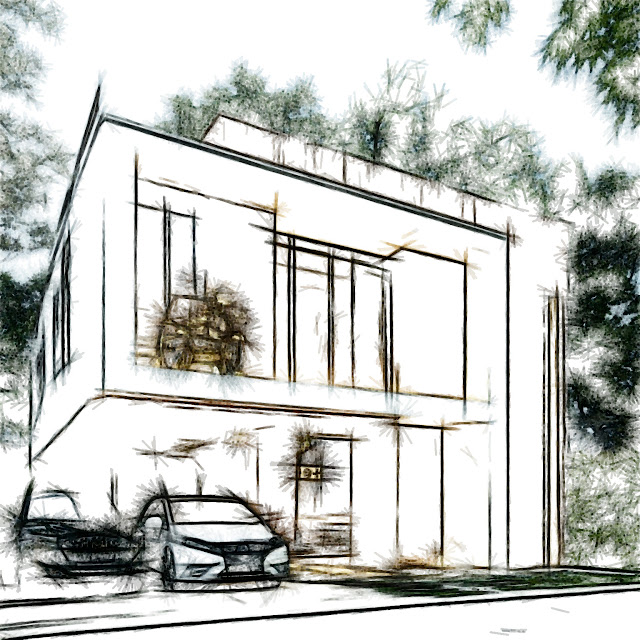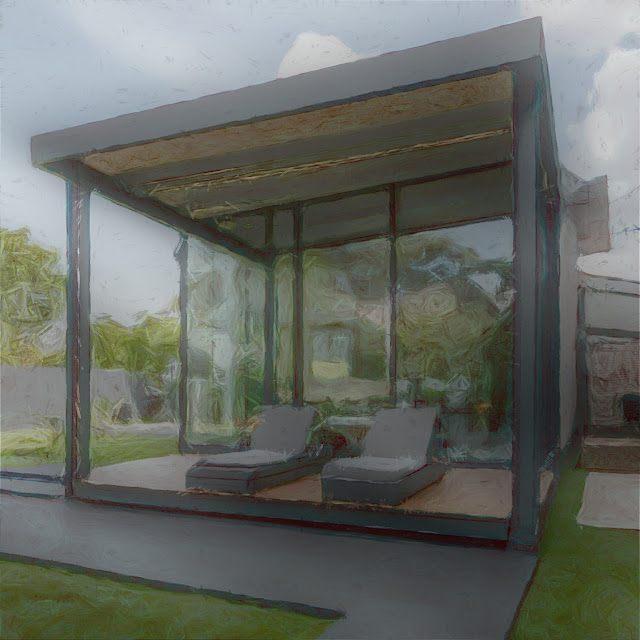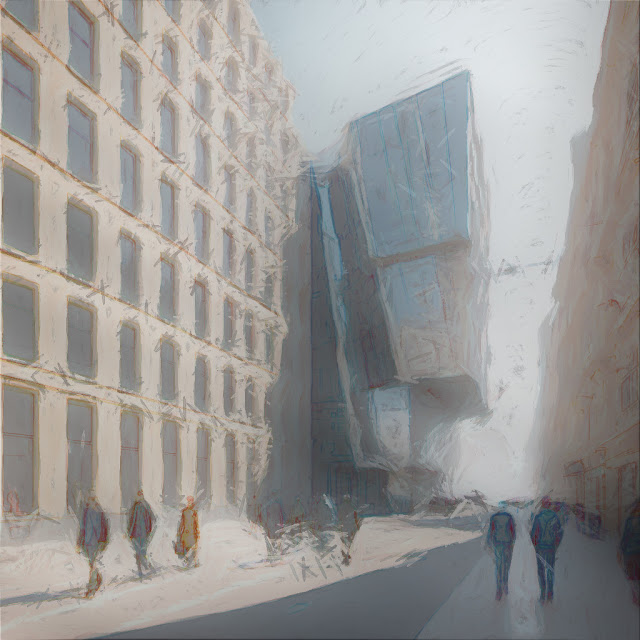Landscape architecture is a multidisciplinary field that encompasses the design, planning, and management of outdoor environments, ranging from urban parks and gardens to large-scale master plans and ecological restoration projects. Rooted in the principles of design, ecology, and sustainability, landscape architecture integrates artistic expression, environmental stewardship, and social responsibility to create vibrant, functional, and resilient landscapes that enhance the quality of life for people and communities. In this article, we delve into the diverse facets of landscape architecture, exploring its history, principles, and contemporary applications in shaping the outdoor built environment.
1. History and Evolution:
The history of landscape architecture can be traced back to ancient civilizations such as Mesopotamia, Egypt, and China, where gardens, parks, and public spaces were designed as integral components of urban and rural landscapes. In the 19th century, landscape architecture emerged as a distinct profession with the work of visionaries such as Frederick Law Olmsted, who designed iconic landscapes such as Central Park in New York City. The discipline evolved rapidly in the 20th century with the advent of modernism and the rise of urbanization, leading to the development of new design philosophies, techniques, and approaches to landscape planning and design.
2. Design Principles:
Landscape architecture is guided by a set of design principles that address ecological, social, and aesthetic considerations in the planning and design of outdoor spaces. These principles include site analysis and assessment, ecological sustainability, context sensitivity, user engagement, and cultural significance. Landscape architects conduct thorough site analysis to understand the physical, environmental, and cultural characteristics of a site, informing their design decisions and strategies. They prioritize ecological sustainability by integrating green infrastructure, native plants, and sustainable materials into their designs to promote biodiversity, water conservation, and habitat restoration. Context sensitivity involves responding to the unique cultural, historical, and ecological context of a site to create meaningful and contextually appropriate landscapes that resonate with users and communities.
3. Design Elements:
Landscape architecture encompasses a diverse range of design elements that shape outdoor spaces and define their character and functionality. These elements include hardscape features such as paths, plazas, and structures, as well as softscape elements such as vegetation, water features, and landforms. Landscape architects carefully integrate these elements to create harmonious and dynamic outdoor environments that cater to the needs and preferences of users while enhancing the natural and cultural context of the site. They utilize principles of spatial organization, scale, rhythm, and balance to create visually engaging and functional landscapes that inspire, engage, and delight users.
4. Contemporary Applications:
Contemporary landscape architecture encompasses a wide range of applications and projects that address pressing environmental, social, and cultural challenges in the 21st century. Landscape architects work on diverse projects such as urban parks and plazas, waterfront developments, green infrastructure projects, ecological restoration initiatives, and sustainable master plans for cities and communities. They collaborate with multidisciplinary teams of architects, planners, engineers, and stakeholders to create resilient, inclusive, and equitable landscapes that promote environmental sustainability, public health, and social well-being. Landscape architecture plays a critical role in addressing issues such as climate change, urbanization, biodiversity loss, and social equity, contributing to the creation of healthy, livable, and vibrant outdoor environments for present and future generations.
5. Future Directions:
As the world faces unprecedented environmental and social challenges, the role of landscape architecture in shaping the outdoor built environment has never been more critical. Landscape architects are at the forefront of innovative and interdisciplinary approaches to addressing complex issues such as climate change adaptation, urban resilience, and equitable access to green spaces. They embrace emerging technologies such as digital modeling, GIS mapping, and parametric design tools to enhance their design process and decision-making, enabling them to create more responsive, adaptive, and resilient landscapes. The future of landscape architecture lies in its ability to harness creativity, innovation, and collaboration to create landscapes that are not only aesthetically pleasing and functional but also environmentally sustainable, socially equitable, and culturally relevant.
Conclusion:
In conclusion, landscape architecture is a dynamic and multidisciplinary field that plays a vital role in shaping the outdoor built environment. With its rich history, principles, and contemporary applications, landscape architecture integrates art, science, and stewardship to create vibrant, functional, and sustainable landscapes that enhance the quality of life for people and communities. As we navigate the challenges of the 21st century, landscape architecture continues to evolve and innovate, addressing pressing environmental, social, and cultural issues and contributing to the creation of resilient, inclusive, and equitable outdoor environments for generations to come.

































































